Retro Replay Review
Gameplay
Hidden Expedition: Everest remains true to its hidden-object roots while weaving in light adventure mechanics that keep each chapter feeling fresh. Players are presented with richly detailed scenes where objects cleverly blend into the environment, challenging both your observational skills and patience. The core loop of spotting listed items, clicking to collect them, and using certain finds in the inventory creates a satisfying ebb and flow between search and puzzle-solving.
(HEY YOU!! We hope you enjoy! We try not to run ads. So basically, this is a very expensive hobby running this site. Please consider joining us for updates, forums, and more. Network w/ us to make some cash or friends while retro gaming, and you can win some free retro games for posting. Okay, carry on 👍)
The inclusion of adventure elements such as inventory-based puzzles and environment interaction elevates the experience beyond pure object hunts. You’ll often discover that a stick or a piece of rope isn’t just decoration—it’s essential to reach a new area or unlock a hidden compartment. This encourages careful exploration of every nook and cranny, ensuring that even repeat visits to a scene can yield fresh discoveries.
Competition is at the heart of Everest’s gameplay: you race three rival teams upward toward the summit, monitoring their progress via an on-screen icon. This subtle pressure pushes you to balance thorough searching with efficient play. When you hit a stalemate, a limited hint system and on-demand advice from mountaineering legend Ed Viesturs provide just enough guidance to keep frustration at bay without trivializing the challenge.
Replayability is bolstered by optional bonus objectives and hidden collectibles tucked into later levels. Though the main path is linear, side excursions and bonus puzzles ensure that completionists have plenty to keep them busy. For casual players, adjustable difficulty and generous save points make Everest an accessible but still rewarding adventure.
Graphics
From the base camp at the foot of Everest to the snowy ridges of the summit, Hidden Expedition: Everest delivers striking hand-painted backdrops that brim with atmosphere. Each scene is meticulously composed, with weather effects like drifting snow or shifting clouds adding a layer of immersion. The art style strikes a balance between realism and stylized clarity, ensuring that objects stand out without feeling cartoonish.
The user interface is elegantly integrated into the scenery. Inventory items appear along the bottom of the screen without obscuring your view, and the list of hidden objects is displayed in a scrollable, semi-transparent panel. When you hover over a hotspot or a hint is available, the cursor subtly changes, blending assistance with discovery rather than interrupting the flow.
Animations are smooth and purposeful: clicking on a found object triggers a brief highlight, and using an item in the scene plays a concise, satisfying mini-animation. Transitions between chapters use simple fades or dissolves, maintaining the game’s pacing without jarring visual breaks. Even the rival icon on the HUD is well-designed, offering a clear sense of urgency without cluttering the screen.
Lighting and color play a crucial role in mood setting. Warm tones at base camp contrast sharply with the icy blues and grays of high altitudes, reinforcing the game’s narrative arc. Subtle ambient sounds—wind gusts, distant avalanches—combine with the visuals to create an audiovisual package that’s greater than the sum of its parts.
Story
The narrative premise is straightforward yet engaging: as a member of The Hidden Expedition Club, you’re vying to be the first to conquer Mt. Everest against three formidable rival teams. Just when you think the path is clear, you’re rerouted to Latin America in search of a mysterious adventurer who knows a secret mountain passage. This detour not only heightens intrigue but also introduces fresh environments and puzzles.
Character development is subtle but effective. While the rivals remain mostly silhouettes on the periphery, cameo appearances by famed mountaineer Ed Viesturs add authenticity and a hint of mentorship. His advice—delivered in text and occasional voice-over snippets—cements the feeling that you’re embarking on a real expedition guided by a world-class pro.
Pacing is handled with care: the Latin America chapters feel like a mini-adventure of their own, complete with local landmarks and cultural touches, before you return to the frigid heights of Everest. Each segment ends on a narrative cliffhanger, be it an avalanche, a broken rope bridge, or rival climbers closing in, prompting eagerness to press forward.
While the overarching plot is linear, scattered journal entries and collectible artifacts flesh out the backstory of your rival teams and the hidden passage. This peripheral lore rewards thorough explorers and deepens emotional investment, making the summit push more than just a final set of puzzles—it feels like the culmination of a true expedition.
Overall Experience
Hidden Expedition: Everest strikes a satisfying balance between relaxed hidden-object gameplay and light adventure puzzle mechanics. The steady difficulty curve, combined with a finite hint system and expert guidance from Ed Viesturs, ensures that players of varying skill levels can enjoy the climb without undue frustration. Competitive pacing keeps every moment engaging, whether you’re hunting for keys in a dark cave or charting your rivals’ progress on the map.
Visually and aurally, the game delivers an immersive mountaineering atmosphere. Hand-painted scenes exude a sense of place, from lush Central American jungles to the stark, windy crevasses of Everest. Sound effects and music underscore the highs and lows of your journey, reinforcing the thrill of discovery and the peril of high-altitude climbing.
The story, while not an epic literary saga, provides enough twists and character-driven moments to maintain engagement across its chapters. The detour to Latin America is a welcome change of pace, and the rivalry subplot adds a dynamic layer of tension. Collectibles and journal entries offer optional depth for completionists, while the main path remains accessible for those who prefer a more straightforward experience.
For fans of hidden-object games seeking a dash of adventure and competitive spirit, Hidden Expedition: Everest is a solid choice. Its polished presentation, balanced gameplay, and engaging narrative detour make it more than just another object hunt—it’s a lightly challenging expedition you can complete at your own pace, with the added satisfaction of racing to the top against worthy opponents.
 Retro Replay Retro Replay gaming reviews, news, emulation, geek stuff and more!
Retro Replay Retro Replay gaming reviews, news, emulation, geek stuff and more!
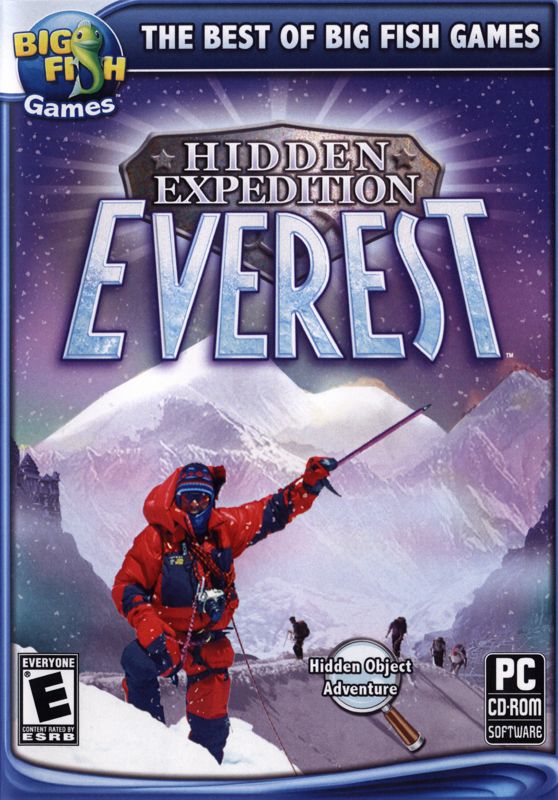
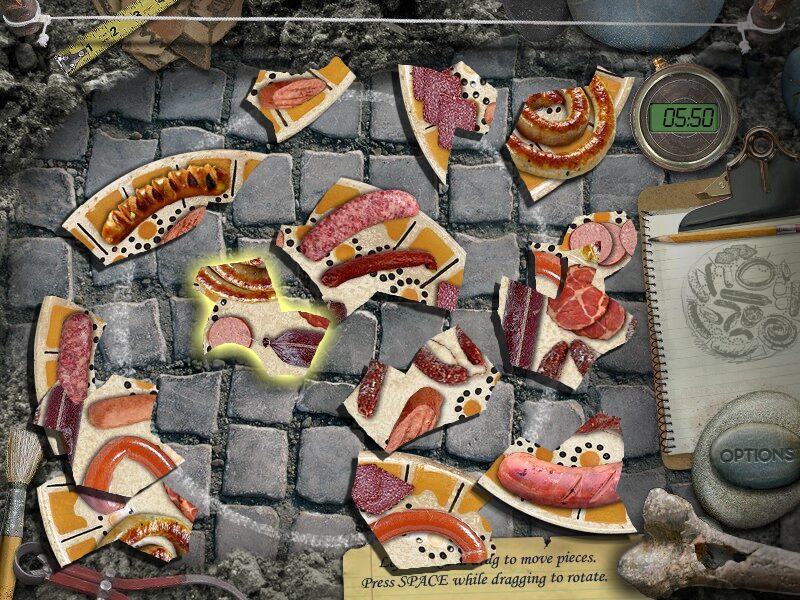
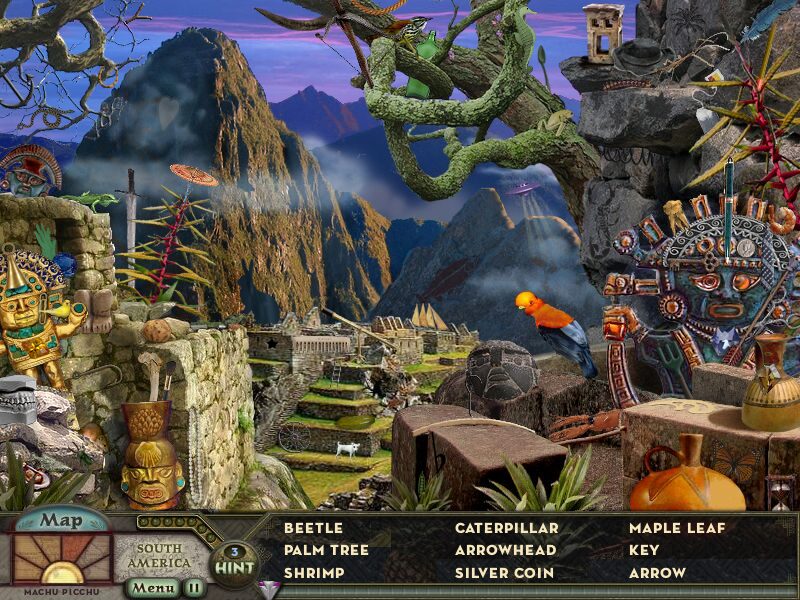
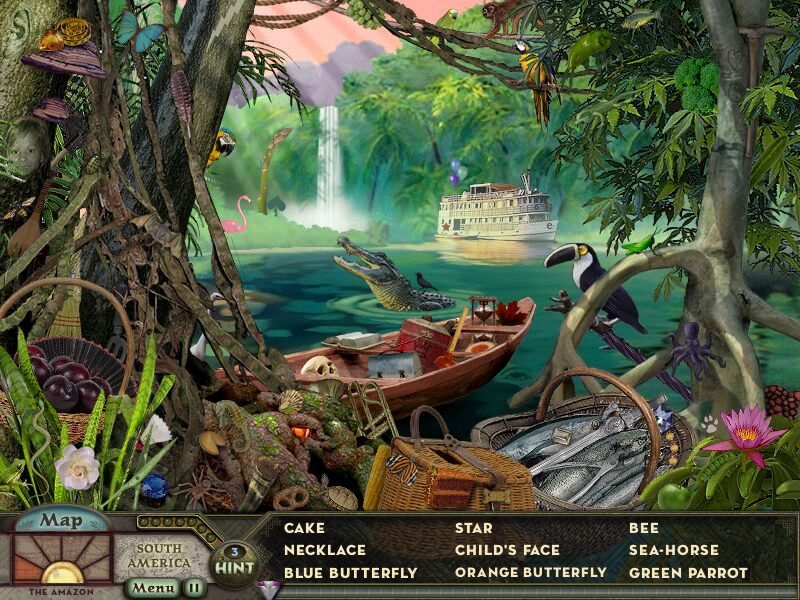
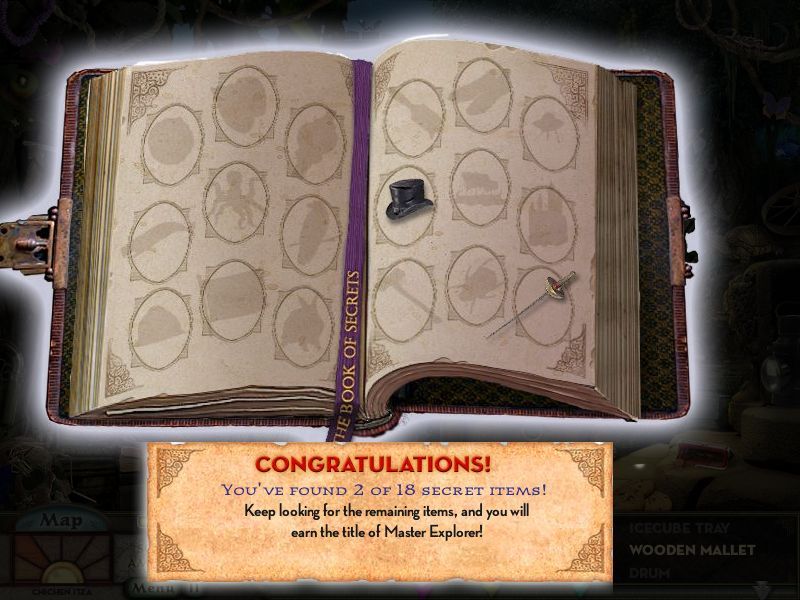
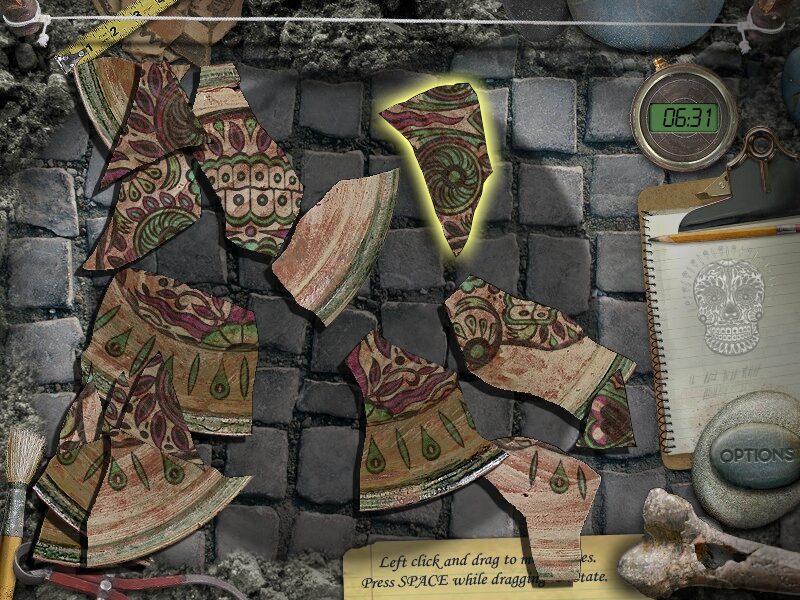



Reviews
There are no reviews yet.